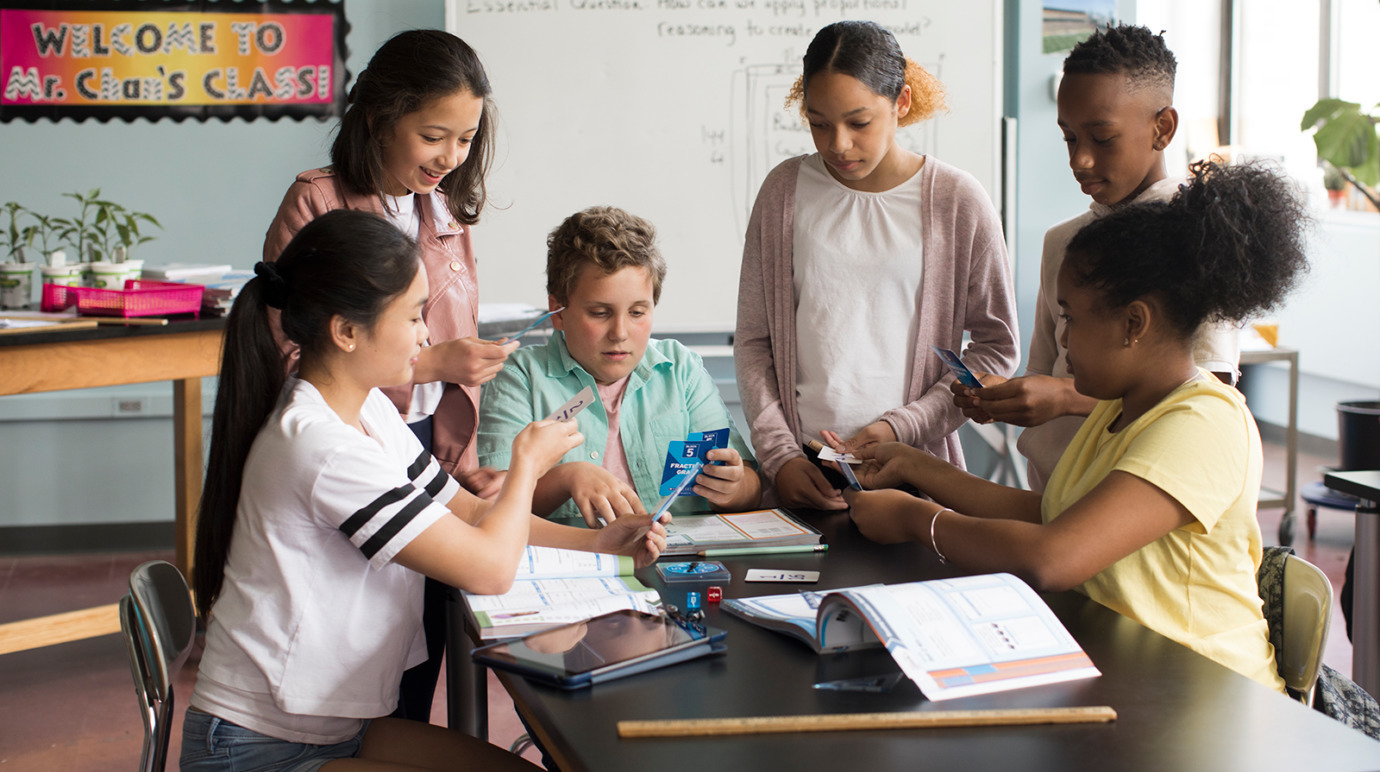Nicole Ippolito
In todays blog, I will be focusing on expanding the use of collaboration in the classroom based on the article I found.

The Graduate School of Education and Human Development states, “with the growth of technology and the increasing value society places on the ability to work in teams, collaborative learning has become more common.”
Collaboration in the classroom starts with breaking student’s into small groups to work together and learn from one another. The first step is to group your students together wisely. It is imperative that the teacher groups together students based on:
- different strengths
- weaknesses
- skill level
This will give the student’s the opportunity to work together, as well as learning from one another.
It is so important for teachers to teach their students active listening skills before placing them into small groups. Students should know how to listen to one another without interruption, how to make eye contact, and how to make an emphasis on important points.
Assigning roles for each member of the group is a strategy that will help make this way of collaboration more successful. Important roles to consider:
- Leader: directs the group
- Recorder: in charge of taking notes
- Encourager: enables conversation
- Checker: checks the groups work before handing in the given assignment
Giving students roles to play will eliminate the chances of students going off topic, and keep the students on track.
Although the students are working in groups, it will be motivating for them to hear feedback from their teacher. Teachers should be spending time with every single group, giving positive feedback and making sure they are staying on task.
Collaborative learning is a strategy used in most classrooms that are beneficial to the teacher and the students.